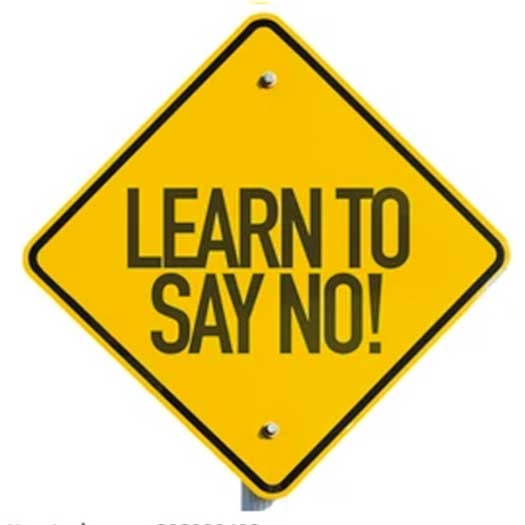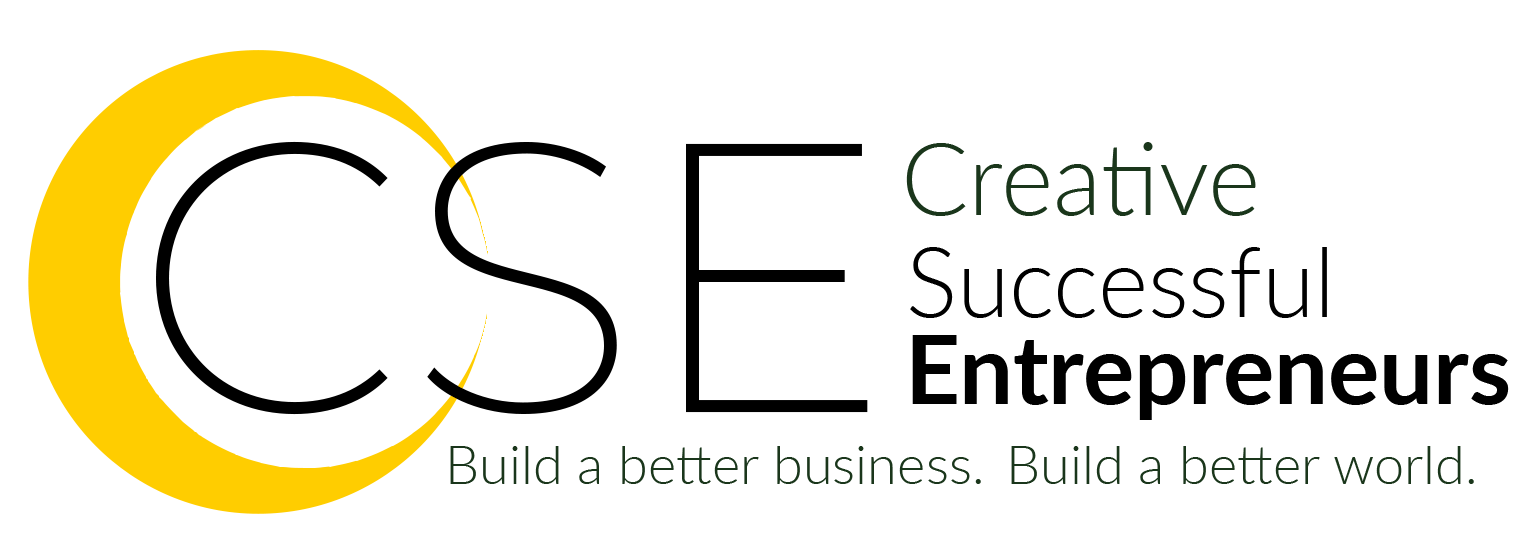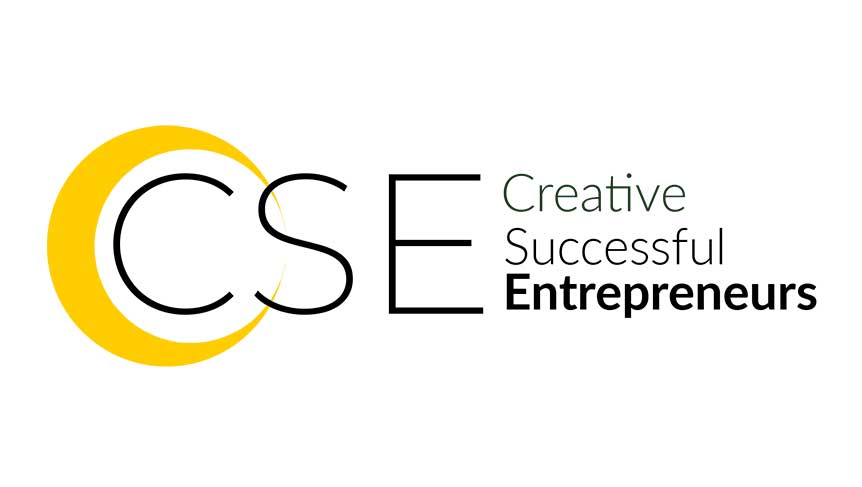
Hello Successful Creatives,
We’ve been talking about the importance of picking a target. And we want to add some words about STICKING with your target.
Sticking to your target means developing the habit of saying “no” to the people who are not your target. And believe me, learning who to say no to is one of the best skills you’ll ever develop. It’s scary to pass up on a client or a gig just because it doesn’t fit into your target, but we have found over and over that when we free up the time and energy that we get back when we start saying no to the wrong clients, we make much more money with our ability to really market to and serve the right clients.
I say no all the time. And it’s still hard. I’ll find someone that is offering to pay me less than I want to make, or they are not a right fit for our company, and I still vacillate sometimes. I’ll think, “This person is offering to give me money right now!” Sometimes it’s hard to say no. But, because I’ve defined my target, and what I want to be paid for my services (and frankly, what I NEED to run the business and pay taxes), I say no, because I know that that energy can be put into finding the right client at the right price, or to better serving the clients I already have. And, while it requires riding a brief wave of fear, it works. It always has, and it always will. Know your audience, know what they hunger for, understand how your unique skills can help them solve that problem, and you’ve won half the battle, because you know, as a business owner, where to focus your limited resources.
Success in business depends to a great extent how you will choose what to put your focus on when you have too many choices. If you are going to succeed, you need to understand that you will not be able to address everything that comes across your desk, and you’ll have to make these decisions quickly. Unless you have made some clear choices about who it is you serve, where you can make the most money for the least effort, and who your core competency best serves, you’re much more likely to jump anytime someone offers to pay you for your services. This means you’re running your business re-actively, and that doesn’t work. Never has, never will.
If you make this error, you will be running around like crazy taking on too much work for too little money. You’ll be exhausted, spread thin, and eventually you’ll burn out.
The solution? Have the confidence to go after the clients you really want, at the price point you really want. And in order to do that, you have to decide who that target is. Once you decide on that target, you need to have the courage to say no to those that aren’t in that target. (By the way, sometimes that means saying no even when you haven’t landed your right fit client. Sometimes that means saying no even when you don’t have the money you need flowing in the door, because you understand that saying no to the wrong clients means you can invest time and energy into landing the right clients.)
Stay tuned for more!
To your success,
Melissa McFarlane
Creative Successful Entrepreneurs

